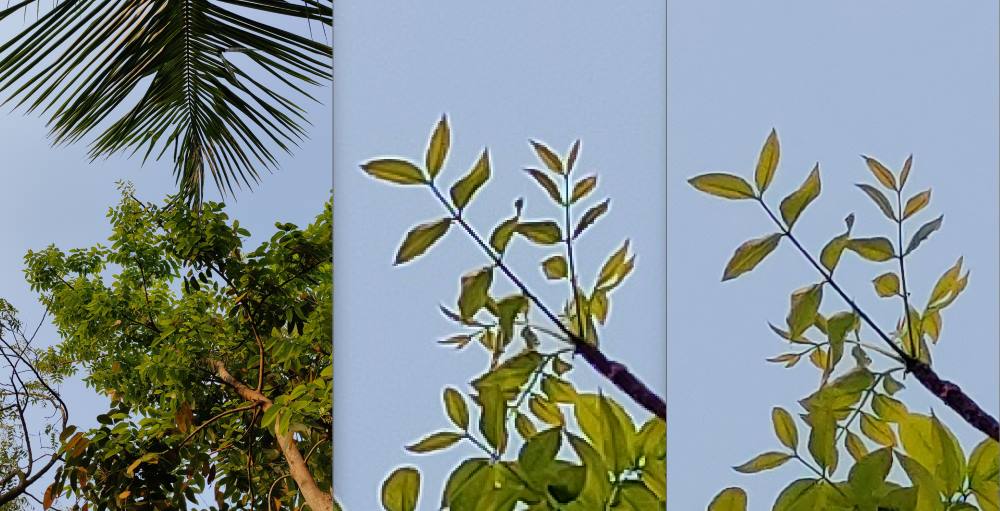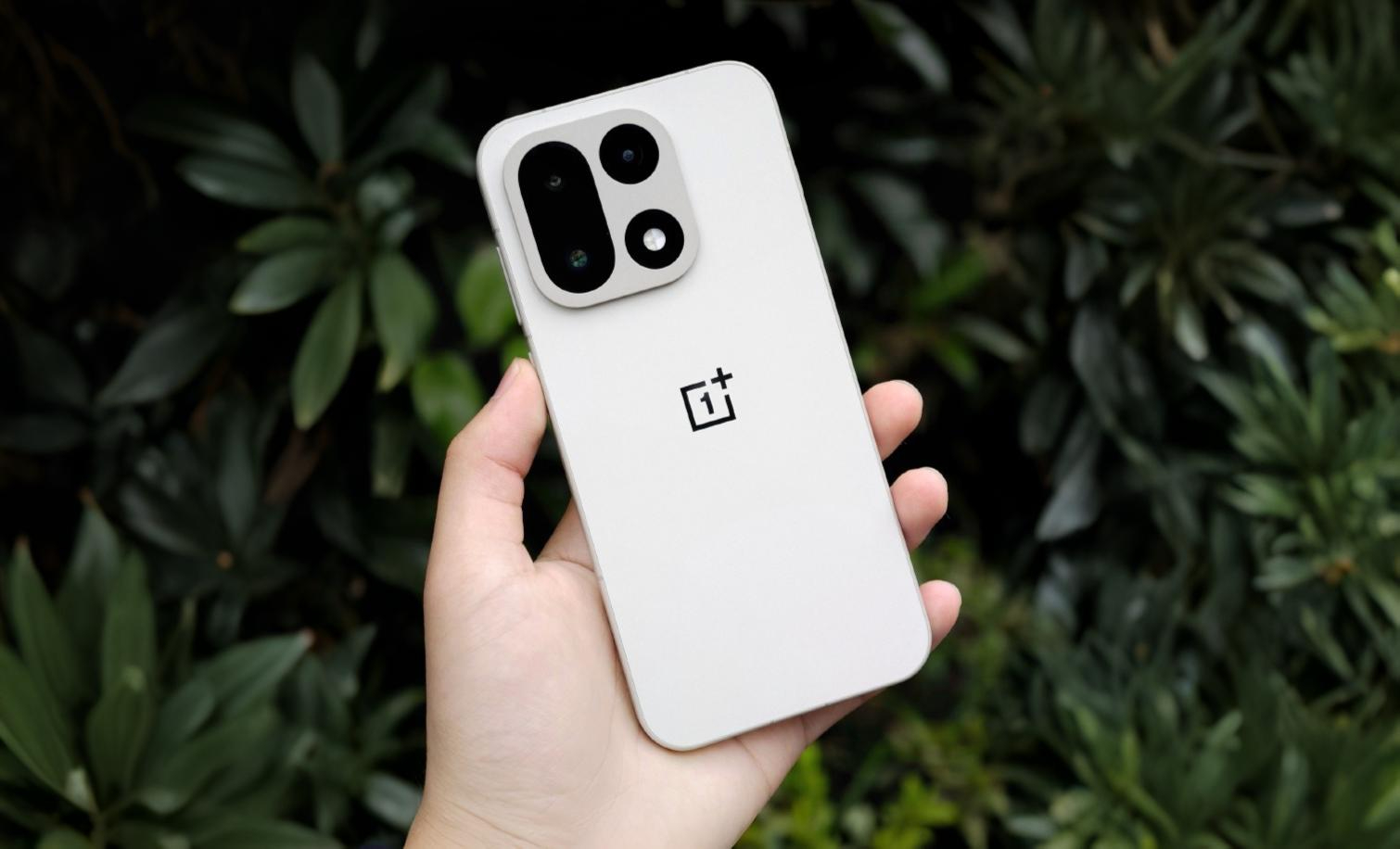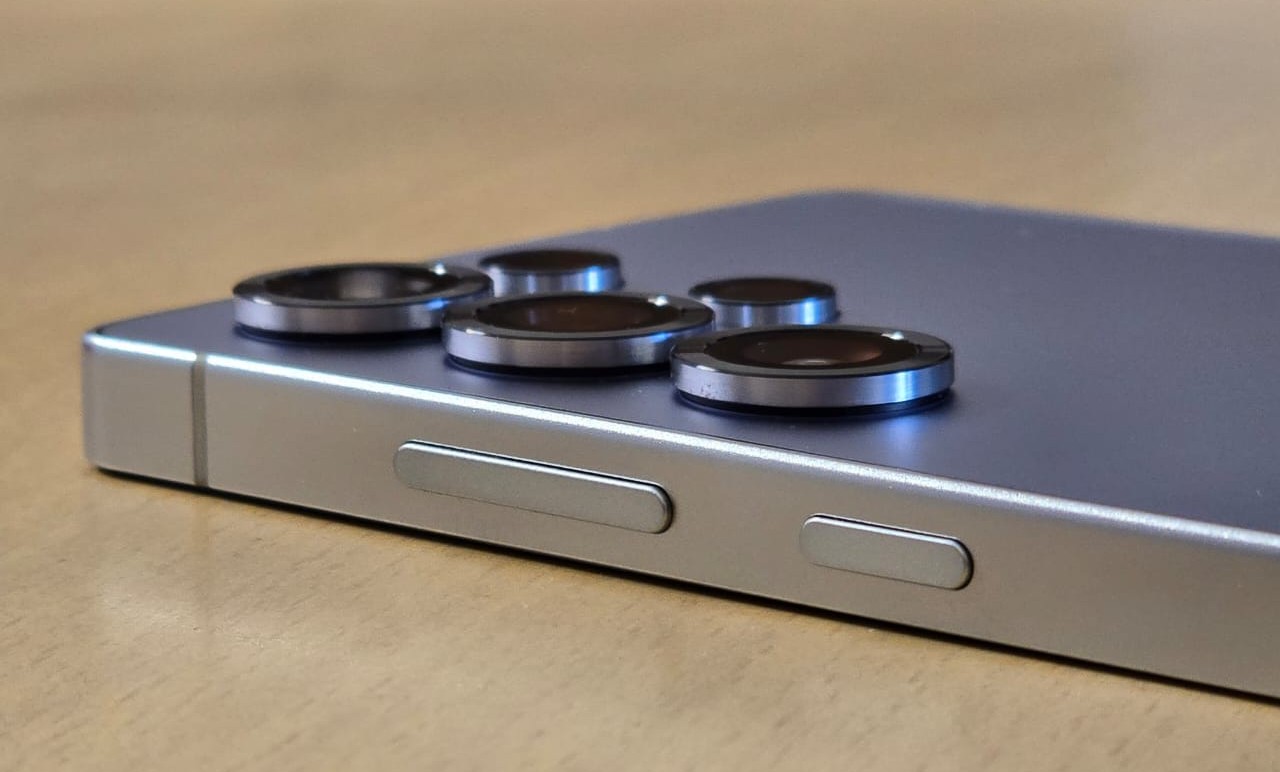In the past few years smartphone cameras megapixels have grown significantly. Now often we are seeing flagships even midrange devices with sky-high megapixel counts. Samsung started using whopping 108MP sensors on their S series flagships since 2020. And with the S23 series they went even further with their latest 200MP sensor. Other OEMs are also following the route to keep up with this new trend.


You definitely can’t tell which image was taken at how much resolution although one of them are taken at significantly higher resolution than the other. The second one is taken at 64mp and the first one is the 16mp binned one. Resolution or the number of pixels alone doesn’t determine quality. There’s more to the story like the color rendition, noise reduction, maintaining structure, going crazy with over-sharpening and a whole lot more things actually!
More resolution means that the image can be viewed at a larger display or be printed at a larger size. But that doesn’t mean that the image will be good in terms of other important factors such as dynamic range, color accuracy as well as detail. Yes, having more megapixels doesn’t assure better detail.
How much megapixel do you need?
How much resolution you need depends on your use cases. We try to discuss different type of use cases and their specific needs for megapixel amount.
For shooting videos in 8K:
33MP is the equivalent resolution of an 8K video. So, you need at least 33 megapixel on your sensor to shoot at 8K. Recording in 8K enables room for better post processing. So, if you plan to shoot 8K videos from a smartphone and edit them, then you should consider a phone with 50mp or higher resolution sensor.
However, not all devices gives the option to record in 8K. So, you should check if a device lets you record in 8K or not before buying.
Taking large prints:
If you plan to take larger prints than A4 or A3 size, you may need more than standard 12mp resolution. However, upscaling a standard 12mp image to a higher resolution is also a thing you can to if you ever have to.
Cropping in images:
Being able to crop into images and still having useful detail is great. Here, the high resolution sensors have an edge over a standard 12mp sensor. You can zoom after taking the image a lot more in a high resolution shot compared to a standard 12mp one.

The image above represents how the full resolution shot comes in handy when there’s sufficient amount of light and you want to crop in.
However, the images taken on the full resolution mode of the high resolution sensors are usually noisy and lacks expected amount of detail in moderate to low light conditions. That’s why the high resolution sensors use pixel binning by default to merge pixels and takes 12-16mp shots. The high resolution will be of no use unless you have very well lit conditions.
Sharing on social media:
Sharing photos and videos on social media involves heavy compression to reduce file size. This reduces the resolution to 1MP to 3MP. So images taken on a ultra high resolution like 108 or 200MP will barely have any advantage on detail when shared in social media.
You cannot tell if the images above are taken with a different resolution at all. The compression has eaten up your extra detail already when it’s reaching the eyes. A 12mp sensor is already more than you need for sharing in social media.
For viewing images on phones and computers:
The maximum resolution of smartphone displays till date is 4k which is the equivalent of only 8.3MP. And the most common is 1080p that is equivalent to only 2.5MP. Only a handful of people do use more than 4k resolution screens.
So having a 12mp image is basically more than enough to for this case.
The megapixel myth
The megapixel number or the resolution just determines the maximum size the device can be printed or displayed. Higher megapixels doesn’t guarantee better quality images by any means as the accuracy of pixel values is what matters and it’s completely independent of the number of pixels.
Rather having more pixels generally indicates having smaller pixels (limited space for the sensor inside). And smaller pixels capture less light, therefore less information to the system.
A balance between the megapixel number and the pixel size is necessary and not just sky-high megapixel numbers.
Advantages of high megapixels counts
- Max resolution may come in handy in bright light.
- Brings the flexibility of having higher resolution and better low-light performance (through binning) into a single sensor.
Disadvantages of high resolution
- More workload on the processor and shorter battery life
- Required more storage without providing expected quality
Of course, computer processing can be used to make up for the tiny pixels and that’s how some devices take incredible images despite the pixels being tiny. This is where computational photography coms into play.
But not every device have the same level of expertise when in tuning the camera software and they don’t do well with the high resolution sensors either.
Final verdict:
Features enabled by the high resolution sensors like shooting videos in 8K or taking large prints from a smartphone camera are more important as marketing headlines than actual useful features. While the implementation of high resolution on a small sensor has some limitations to offer.
The high resolution sensors are used in their binned mode most of the time. A same sized standard 12MP sensor produces higher signal-to-noise ratio than the 12MP binned mode of the high resolution sensors. While on one hand the full resolution mode is only useful in bright lighting conditions on the other, not many situations even require the full resolution mode.
Being said that, a standard 12mp sensor is still more than enough to this date for someone who don’t have a 8K screen and who don’t shoot his content for his entertainment all by himself from his phone.


